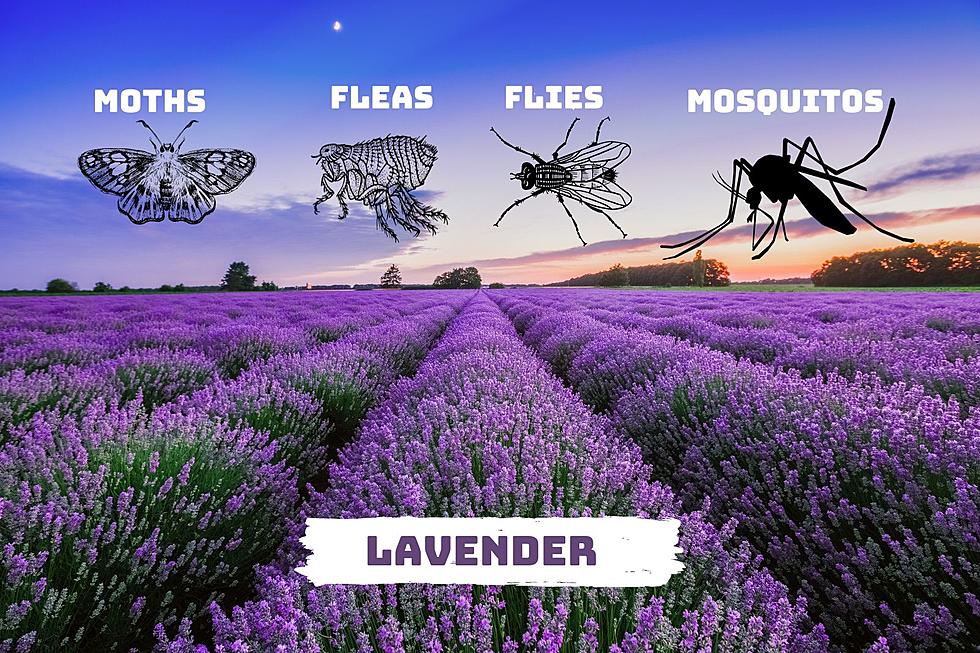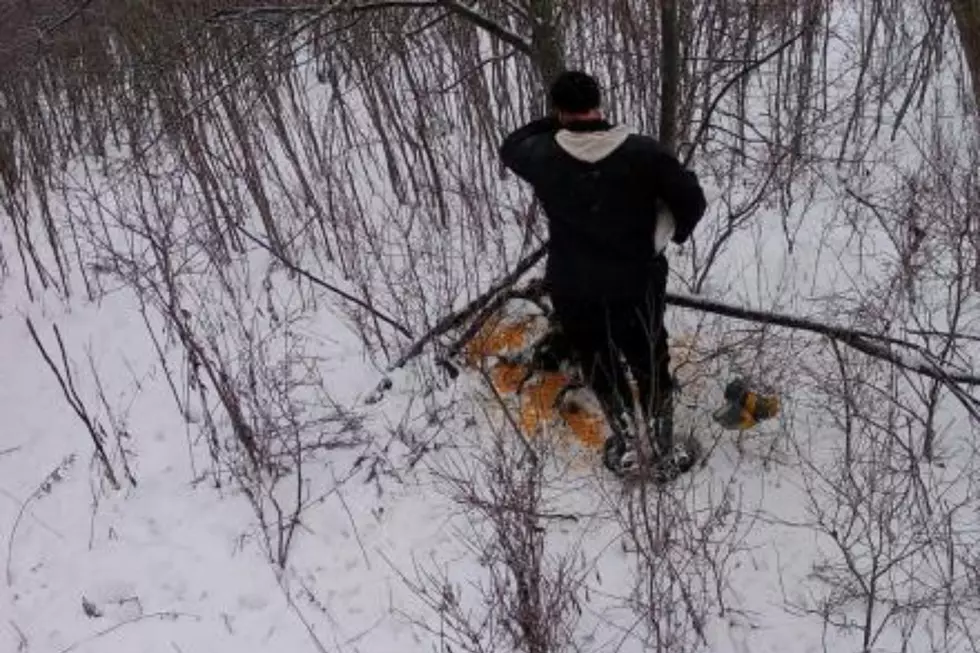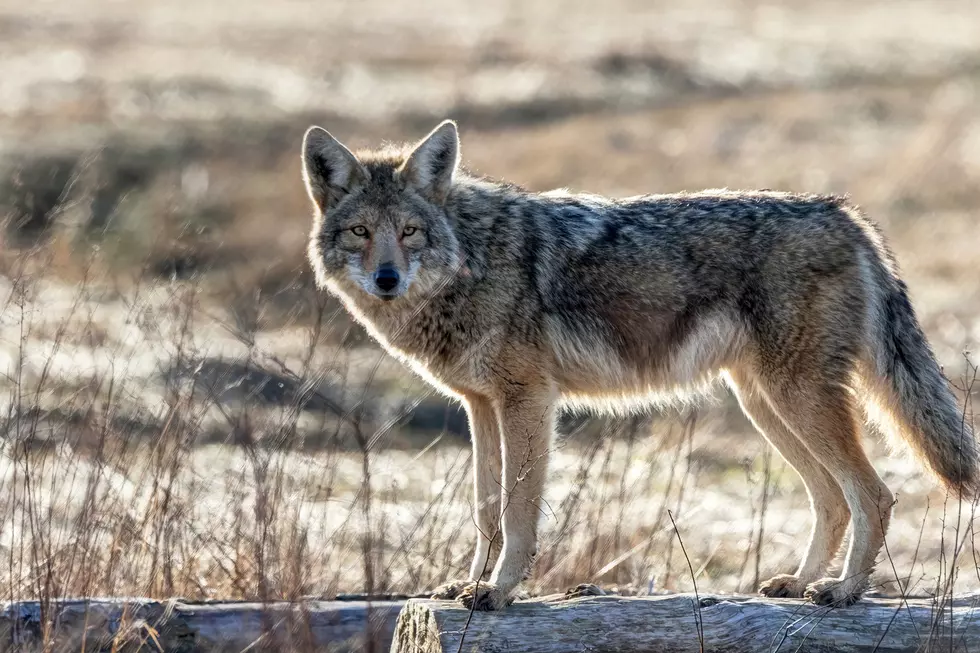
Planning 2016 Crops – AG Matters
As harvest seasopn begins to hit full swing, it's time to make plans for 2016. Cornell Cooperative Extension's Jeff Miller has some tips if your rotating crops, cover crops and ensuring your fields have the proper nutrients.
Agriculture: Fall field activities and planning for 2016 season (by Jeff Miller)
Hay fields: Many growers have decided what hay fields will be rotated to corn in 2016. These fields should be allowed to regrow to a minimum height of 6” and while still actively growing be treated with roundup. Treating these fields in the fall will ensure that tough to kill perennial weeds will be controlled. This timing also allows time for the plants to start decaying which will make tillage and planting easier next spring.
Cover crops: Many dairy farmers are harvesting corn for silage right now. Most of their field’s cover is removed in the process. Fields with even moderate slopes and no cover can experience erosion hurting future yields. One way to avoid these potential losses is to plant a cover crop soon after corn silage harvest. At this date (the last week in September) we would expect frosts that would kill a germinating oat crop so they are not a viable choice. Locally produced bin run wheat is available and is a good choice for a cover. It should be drilled if possible but can be broadcast following a shallow tillage and rolled in, to help provide good soil-seed contact. Wheat should be planted at 120lbs (1,300,000 seeds)/acre when drilled and a little heavier if broadcast. Rye grain is another good choice for a cover crop especially if planting is delayed into late October or early November. Late plantings don’t provide adequate time for Fall growth and will have a limited impact on soil erosion that could occur in late Fall and early winter. Planting rates for winter rye are similar to wheat. Seed rates need to be increased when going from drilled to broadcast and when planting is delayed.
Lime and potassium applications: If you are planning to plant a crop next season that has a higher pH requirement like soybeans or alfalfa you should be taking soil samples and checking the pH in these fields right now. If the pH is lower than what is needed then you have the opportunity to spread lime now. Transportation of lime is the biggest expense in defining the price of lime today. Your crops not only need the change in pH but also the nutrients that are in the limestone. Calcium is found in all of our local lime sources but magnesium (also an essential nutrient) is found in less lime sources. Call up the quarries and ask for the ENV (effective neutralizing value) and percentage magnesium in the lime before you buy.
Check soil sample results of your alfalfa fields. If potassium levels were medium before the season and you took 4 cuts this season, you removed a great deal of potassium with your hay crop and you should consider applying some potassium now. Free potassium in the alfalfa plant also acts as an antifreeze helping prevent winter injury. Potassium that is not used by the plant this fall will be held in the soil matrix by magnetic bonds and will be in the soil ready for plant uptake when needed.
SOURCE: Cornell Cooperative Extension - Jeff Miller
More From Big Frog 104









